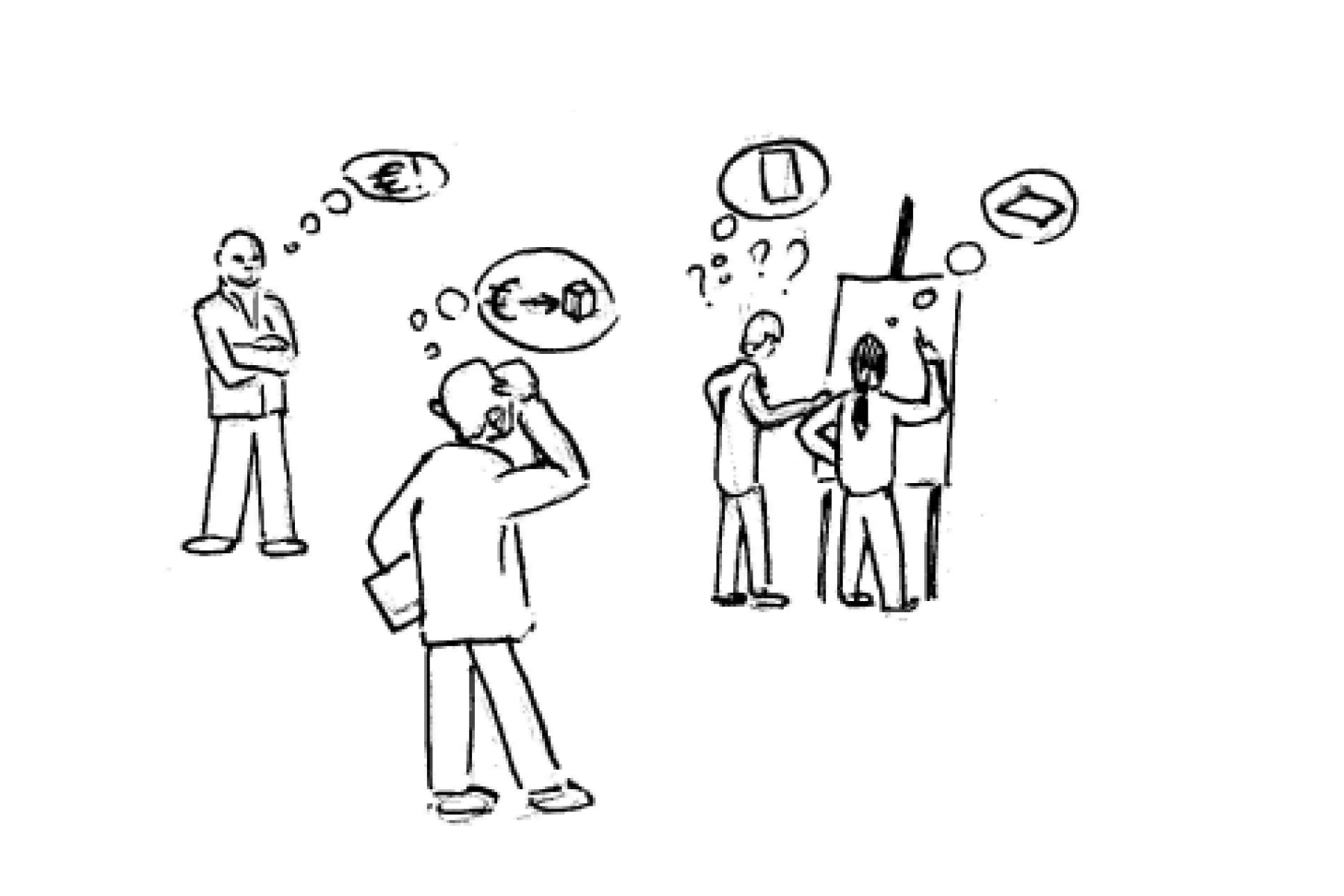
The Context
Solving problems is a useful exercise in flexing your intellectual muscles and converting curiosity into utility. It’s also a very smart way to add value to an organization. Why not practice that skill whenever possible? It’s good for business while making the day more meaningful. Earls writes in his bestselling book on entering the creative age that a company which encourages staff to use their own creativity to solve problems is one in which most people would prefer to work. It engages the whole of the employee, rather than the suit they wear. It satisfies something profound in people. Don’t you want to work somewhere like that? What’s your unique approach for using your brain to unlock new value for the broader organization?
The Tool
Problem Hunting
PROBLEM HUNTING — A framework for flexing your intellectual muscles to add value to your organization
First is the problem, which you phrase into a specific and compelling question. Second is the source, which is the name of person or people who first identified the issue. Then comes the type, which is determining if the problem is operational, client facing, or somewhere in between. Next comes the solution, which is any action the team can take to solve the issue at hand. And finally comes the most important element of the framework, the lever. The business goal that this new solution would help achieve. For example, somebody notices that since the team doubled in size in the past year, knowledge sharing had significantly decreased. That’s not good. Gates, the richest man in the world, said it himself. The most meaningful way to differentiate your company from your competition, the best way to put distance between you and the crowd, is to do an outstanding job with information. Therefore, that begs the problem question. How can our company facilitate more idea sharing among leaders, so the whole team can try new strategies to improve all accounts? This is a mostly operational issue, and it could have a significant impact on the lever of revenue in two ways. First, in terms of client retention through exceptional service; second, in terms of team retention through professional development and efficient knowledge management. And that brings us to the solution. The company should begin hosting a weekly best practices sharing session. Our key account leads will meet every other week with reps from each team, and go around the room to share what’s working and not working. Then we document insights, edit and cull the content, and send it out as a weekly internal digest. And now all team members can feel equipped and supported with new strategies to help create more value for clients. Pretty cool how that works, huh?

Scott's Take
Personally, problem hunting is invigorating ritual for me. Solving problems is challenging work that makes me feel alive. During my periods of dreadful unemployment, one ritual that helped keep my depression from eating me alive me was sitting down each afternoon and trying to solve problems. Didn’t matter what kind of problems. Reducing loneliness for entrepreneurs, decreasing friction for tech companies, whatever. Ten problems a day kept the darkness away. What’s more, honing my unique process for doing so became a valuable skill once companies did finally hire me.
The Rest
As long as you begin with the truth and build on the firm foundation it provides, you should be able to solve problems as quickly as they arrive. I can’t promise it will keep the darkness away, but it’s a dependable tool for bringing new light to the team. How do you use your brain to unlock new value for the broader organization?
The Benefits
Build your reputation as a problem solver
Dependably bring useful ideas to your team
Unlock new value for the broader organization
Keep boredom and depression from eating you alive